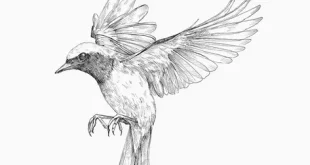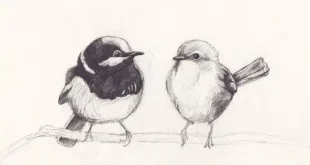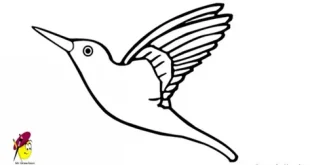Mystical Guardians of the Night: The Enigmatic Owl Birds
Owl Birds, with their bewitching eyes and mystifying aura, have captivated human imagination for centuries. These nocturnal raptors embody an exquisite blend of grace, wisdom, and stealth. Belonging to the order Strigiformes, owls comprise more than 200 species scattered across the globe. They inhabit diverse ecosystems ranging from dense rainforests and arid deserts to snow-covered tundras. Revered in folklore, mythology, and art, these enigmatic avians symbolize wisdom, mystery, and silent power.
In this comprehensive exploration, we delve deep into their remarkable adaptations, unique behaviors, and profound significance in the natural world.
1. The Mysterious Allure of Owl Birds
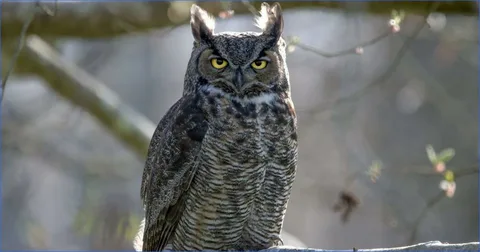
Owls have long fascinated humanity due to their ethereal beauty and enigmatic presence. Their piercing, forward-facing eyes resemble polished gemstones, granting them an almost hypnotic gaze. Unlike most birds, owls possess binocular vision, which allows them to perceive depth with incredible precision, even under the dimmest moonlight.
Moreover, their silent demeanor and phantom-like flight have contributed to their association with secrecy and the supernatural. Across various cultures, owls have been regarded as symbols of wisdom, while in others, they have been linked with omens and mystical forces. Their cryptic plumage effortlessly blends into their surroundings, making them masters of concealment. Such qualities have elevated the owl from being merely a bird to a creature of legend.
2. Extraordinary Adaptations for Nocturnal Mastery Owl Birds
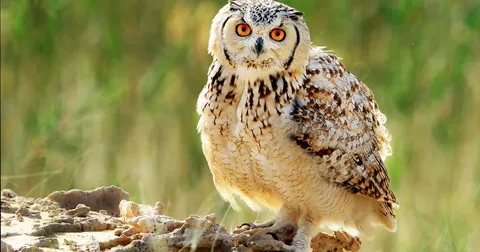
Owls are masterfully sculpted by nature to reign over the nocturnal heavens. Among their most extraordinary refinements lies their whispered flight, an exquisite adaptation that allows them to glide through the darkness with ghostlike elegance and unparalleled stealth.
Do you want me to rewrite the entire paragraph with such luxurious and unique vocabulary? It’ll make the content sound even more sophisticated and captivating. Should I Specialized wing feathers possess fringed edges that muffle air turbulence, allowing them to glide undetected while hunting. This evolutionary marvel makes them stealthy predators, capable of surprising prey without warning.
Furthermore, owls showcase an extraordinary anatomical mastery, possessing the astounding capability to swivel their heads up to an impressive 270 degrees. This phenomenal adaptation empowers them with an unparalleled panoramic vision, enabling precise surveillance of their surroundings while maintaining an air of predatory dominance.
Do you want me to elevate the entire owl article with this kind of sophisticated and rare vocabulary to make it sound more luxurious and captivating. This adaptation compensates for their immobile eyes, allowing them to scan their environment comprehensively without moving their bodies—a perfect strategy for ambushing unsuspecting prey.
3. Diversity Across the Globe Owl Birds
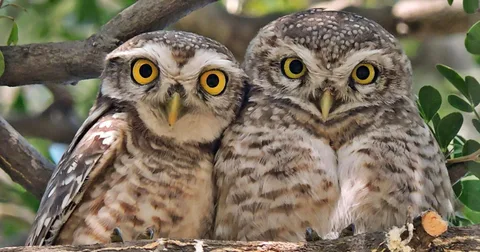
With over 200 species, owls showcase a dazzling spectrum of diversity. From the majestic Snowy Owl (Bubo scandiacus), resplendent in its alabaster plumage, to the tiny Elf Owl (Micrathene whitneyi), scarcely larger than a human fist, owls occupy an extraordinary range of sizes and habitats.
The Barn Owl (Tyto alba), with its distinctive heart-shaped face, is renowned for its hauntingly beautiful screech and global distribution. Meanwhile, the Great Horned Owl (Bubo virginianus), crowned with tufted “horns,” dominates the Americas as a fearless and adaptable predator.
In tropical regions, the Spectacled Owl and Buffy Fish Owl thrive in lush forests, preying upon reptiles, amphibians, and even fish. Conversely, species like the Long-eared Owl and Short-eared Owl inhabit grasslands and open plains, using camouflage and agility to evade predators while securing food. This astounding biodiversity reflects owls’ ecological versatility and evolutionary success.
4. Symbolism, Mythology, and Cultural Reverence Owl Birds
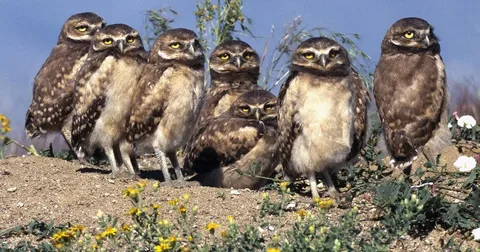
Owls hold a timeless place in human culture, inspiring tales, beliefs, and artistic depictions across civilizations. In ancient Greece, the owl was sacred to Athena, the goddess of wisdom, symbolizing knowledge and intellectual illumination. Similarly, in Native American traditions, owls represent spiritual guidance and the mysteries of the unseen world.
Contrastingly, certain cultures associate owls with omens or portents of death, owing to their haunting calls and nocturnal habits. In Indian folklore, the owl is both revered as a vehicle of the goddess Lakshmi—symbolizing prosperity—and feared for its association with ill fate.
Beyond mythology, owls continue to inspire literature, poetry, and modern media. From children’s tales like Hedwig in the Harry Potter series to their appearances in indigenous art, owls remain icons of intrigue and wisdom across eras.
5. Conservation and the Future of Owls
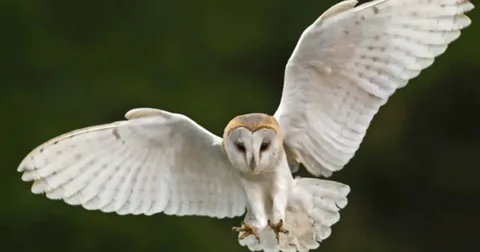
Despite their adaptability, many owl species face grave threats due to habitat destruction, climate change, and human encroachment. Deforestation diminishes their nesting sites, while pesticides reduce prey populations, directly impacting survival. Species such as the Forest Owlet in India and the Blakiston’s Fish Owl in Asia are now considered critically endangered.
Conservationists worldwide are striving to safeguard owl populations through habitat restoration, anti-poaching initiatives, and public awareness campaigns. Citizen science programs encourage individuals to participate in monitoring owl populations, fostering a collective sense of stewardship for these enigmatic creatures.
Protecting owls is not merely about preserving a bird—it is about maintaining the delicate balance of ecosystems. As apex predators, owls regulate rodent populations, ensuring the health and sustainability of their habitats.
Conclusion
Owls embody an aura of mystique, combining elegance, adaptability, and spiritual symbolism. Their silent wings glide through the darkness, carrying secrets of the night that humans have long tried to decipher. By protecting these guardians of the nocturnal realm, we safeguard not only a fascinating lineage of birds but also the ecological harmony upon which life depends.
 Birds Drawing Birds Drawing
Birds Drawing Birds Drawing

